Table of Contents
Google is known for more than just its internet services. Over the last several years, the search giant has cultivated a broad array of phones, laptops, wireless earbuds and smart home devices. It will soon add smartwatches to that list when the Pixel Watch arrives later this year. The company announced its first smartwatch during its annual I/O conference on May 11 alongside the Pixel 6A phone and Pixel Buds Pro earbuds.
Google already has a sizable presence in the smartwatch market thanks to its acquisition of Fitbit. But the Pixel Watch gives Google an opportunity to go even further and put its own stamp on wearables. If Pixel phones are meant to showcase Google’s ideal Android phone experience, the Pixel Watch could be the company’s blueprint for the ultimate Android watch. Google should take a page from its Pixel phones, which make good use of Google Assistant and other Pixel-specific features to stand out from other Android devices.
Read more: Google Pixel Watch: All the Details We Do (and Don’t) Know
Google recently confirmed the Pixel Watch will launch in the fall alongside the Pixel 7 and Pixel 7 Pro. It also showcased the watch’s design and previewed its software and Fitbit integration. But many other details about the watch remain a mystery, such as its battery life, health sensors and selection of software features.
Aside from following in the footsteps of Google’s Pixel phones, I hope the Pixel Watch takes some inspiration from Fitbit too — particularly when it comes to battery life and health tracking.
A Pixel-like experience
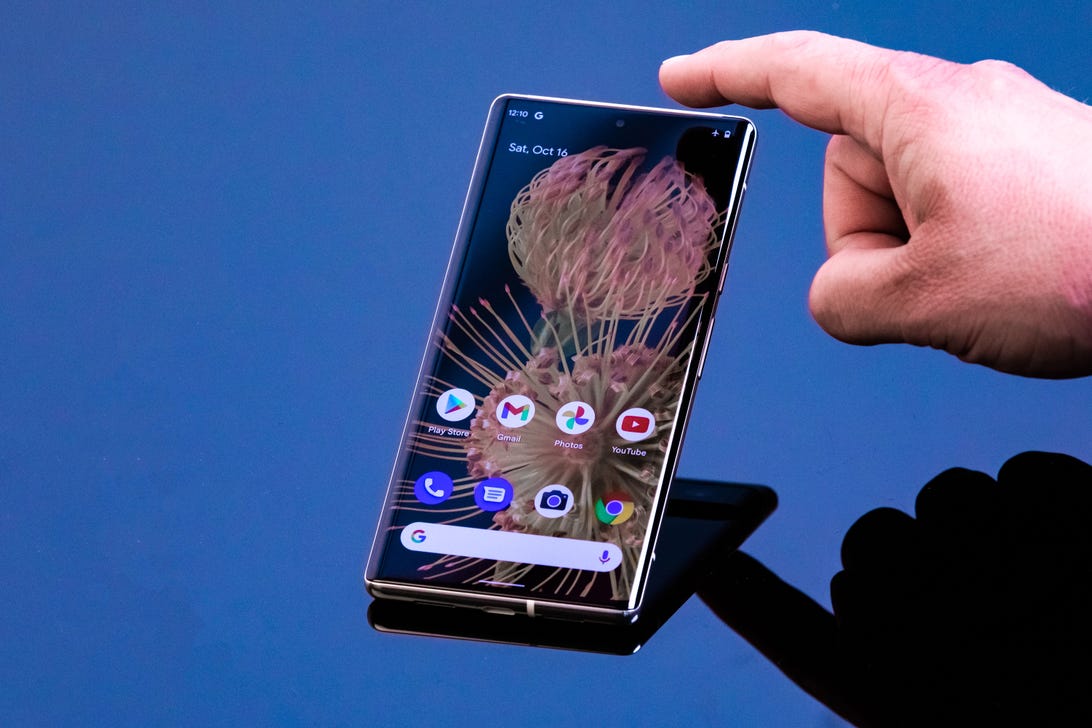
Google’s Pixel 6 Pro.
James Martin/CNET
Google’s software is a large part of what makes its Pixel phones stand out. As the purveyor of Android, Google plays a significant role in crafting new features for phones from Samsung, Motorola, OnePlus and many others. But Google typically gives its Pixel devices extra perks that either aren’t available on other Android phones or arrive much later. Similarly, Google could build unique features into its watch that are missing from the rest of Wear OS, using it as a test bed for software that could trickle down later.
I hope Google takes a similar approach with the Pixel Watch. I’m impressed with the way Google has addressed some of the inconveniences of modern phone calls through Pixel-specific features on its phones over the last few years. Wait Times, for example, estimates the amount of time you’ll be put on hold before calling a toll-free business number on Pixel phones. Google also taught its digital assistant to wait on hold for you in an appropriately named feature called Hold For Me.
Read more: Google’s Promise to Simplify Tech Puts Its Gadgets Everywhere
I’d love to see Google be just as thoughtful about the shortcomings of modern smartwatches. It seems like the perfect opportunity for the company to prove how useful Google Assistant truly can be. Anyone who has worn a smartwatch knows that tiny screens aren’t ideal for scrolling, tapping or typing extensively. Being able to rely on Google Assistant to surface contextual information and process voice requests would be a key advantage. Google gave its Pixel 6 phones a boost in the speech processing and language translation departments with its new Tensor chip, so hopefully we’ll see similar advancements in a future Pixel Watch.
You can already use Google Assistant on certain Fitbits and Wear OS-powered watches to start a workout, check the weather or ask questions, among other tasks. Google’s vision for how software should work on smartwatches is also already evident in the overhauled version of Wear OS that launched last year. Clearly that doesn’t represent the future of all Google watches. Google Assistant was a no-show for a while, and the Galaxy Watch 4 leans heavily on Samsung Health features like electocardiogram (EKG or ECG) that require a Samsung phone.
We got a taste of the Pixel Watch’s software during Google I/O, but I hope the company has more Pixel-specific features in store for the future. We know the Pixel watch will run on Wear OS, integrate heavily with Fitbit and support apps like Google Wallet, Google Maps and Google Home. And of course, the Google Assistant will likely be a big part of the experience.
Rick Osterloh, Google’s senior vice president of devices and services, said the watch’s software was designed to be “tappable, voice-enabled and glanceable” during his I/O presentation. But that still doesn’t tell us if the Pixel Watch will have specific functionality that sets it apart from other Wear OS watches.
Read more: Pixel Fold Rumors: Competitive Pricing, Possible Camera, Design Hints
Health-tracking features that mostly aren’t paywalled
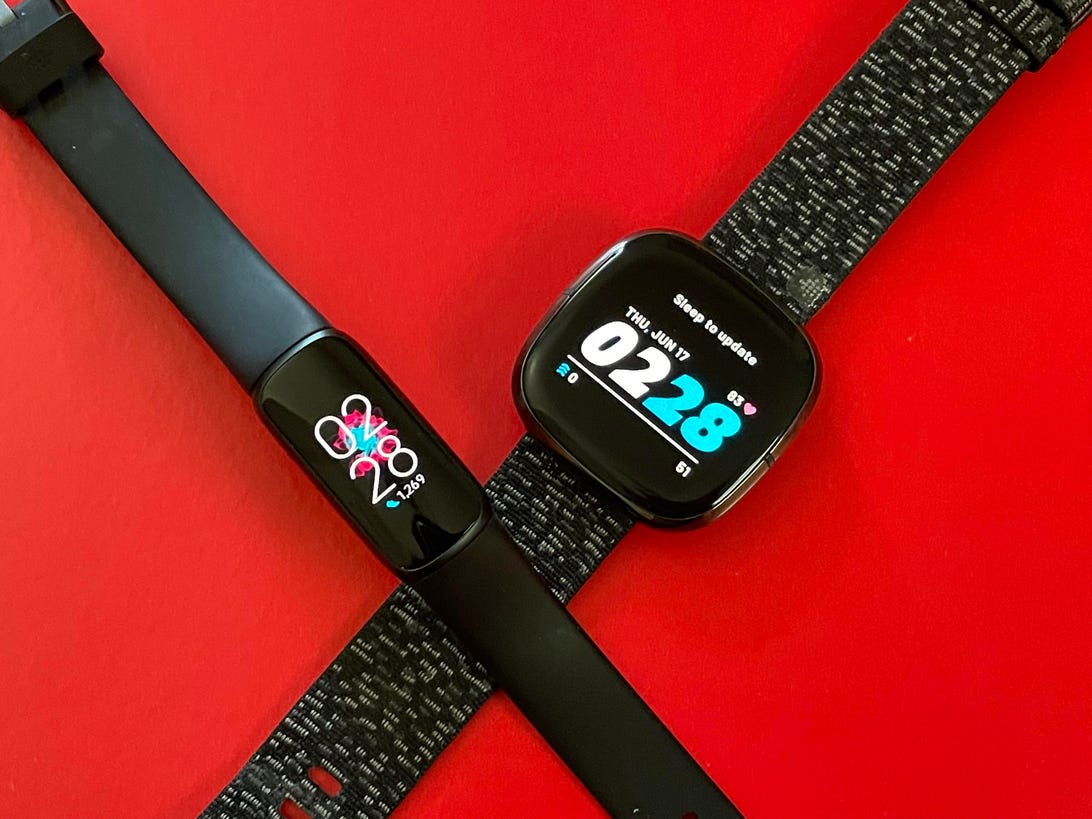
The Luxe (left) next to the Fitbit Sense (right).
Scott Stein/CNET
As health tracking has become central to the smartwatch experience, gadget makers have found ways to make it a bigger part of their businesses. Fitbit, Oura and Amazon take a subscription-centric approach by requiring a monthly or annual payment to unlock more advanced features. It wouldn’t be out of the question for Google to do the same, although I hope the free experience is still noteworthy on its own.
We know Fitbit integration will be a large part of the Pixel Watch’s appeal. Google’s smartwatch will inherit Fitbit features like continuous heart rate monitoring, sleep tracking and Active Zone Minutes, which tracks the amount of time spent in specific heart rate zones during exercise. But we don’t know whether Fitbit Premium will factor into the Pixel Watch experience.
There’s already one example of a Google product tying in to Fitbit Premium in the second-gen Nest Hub, which will require a Fitbit Premium subscription to access its sleep tracking features starting in 2023. Google also has plenty of experience in digital subscriptions in other areas, including its recently launched Pixel Pass. Given these decisions and the industry’s subscription-focused direction, it would be reasonable for Google to keep some of the Pixel Watch’s fitness-focused features behind a paywall.
But if Google does take this approach with the Pixel Watch, I’d still want to see a solid selection of free features, too. As a newcomer to wearables, it would be in Google’s interest to entice customers with compelling built-in functionality before convincing them to pay extra.
That’s especially true since the Pixel Watch looks like it will be a high-end device meant to compete with the $400 Apple Watch Series 7 and the $250 Samsung Galaxy Watch 4. Apple and Samsung don’t charge extra for specific fitness-tracking features, which makes sense considering their devices’ premium prices. Google hasn’t announced pricing for the Pixel Watch yet, but Osterloh said in a press briefing that it would be priced as a premium product.
Multiday battery life
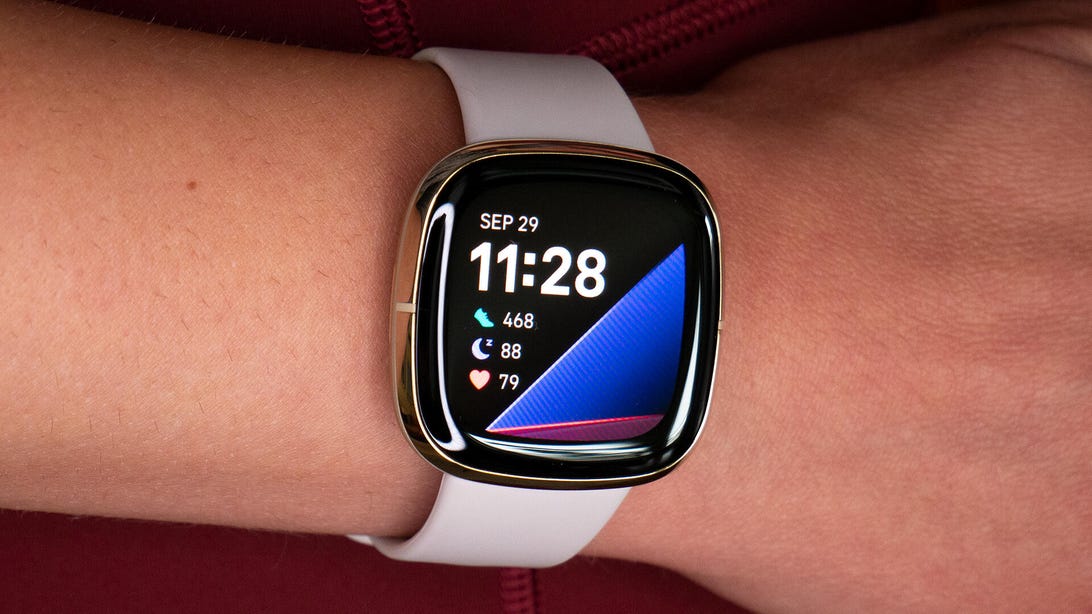
The Fitbit Sense lasts for more than one day on a single charge.
Lexy Savvides/CNET
Smartwatches are generally designed to be worn all the time: at the office, during a walk, out to dinner and even to sleep. The problem is that most devices simply aren’t designed to last for multiple days on a single charge. And the ones that do usually required some design trade-offs, like a monochrome screen or a much larger design to house a bigger battery.
The Fitbit Sense does a decent job of balancing a broad mix of features and battery life, considering it lasted for roughly two to four days in CNET’s testing. That’s longer than the Apple Watch Series 7 and Galaxy Watch 4 lasted. I hope Google finds a way to draw from Fitbit’s expertise in this area, particularly if it intends to highlight sleep tracking as a main selling point.
But battery life could be one way Fitbit intends to distinguish its own smartwatches from the Pixel Watch in the future. James Park, Fitbit’s co-founder who now heads Google’s wearables division, pointed to battery life as being a key advantage of the Fitbit Versa and Sense smartwatches when speaking with CNET’s Scott Stein ahead of Google I/O.
“Those devices and the trackers have always had incredible battery life; they’ve been at fairly accessible prices for people,” Park said when asked the Sense and Versa will be part of Fitbit’s future despite the Pixel Watch’s arrival. “Those will continue to be very important.”
Google’s place in the smartwatch market
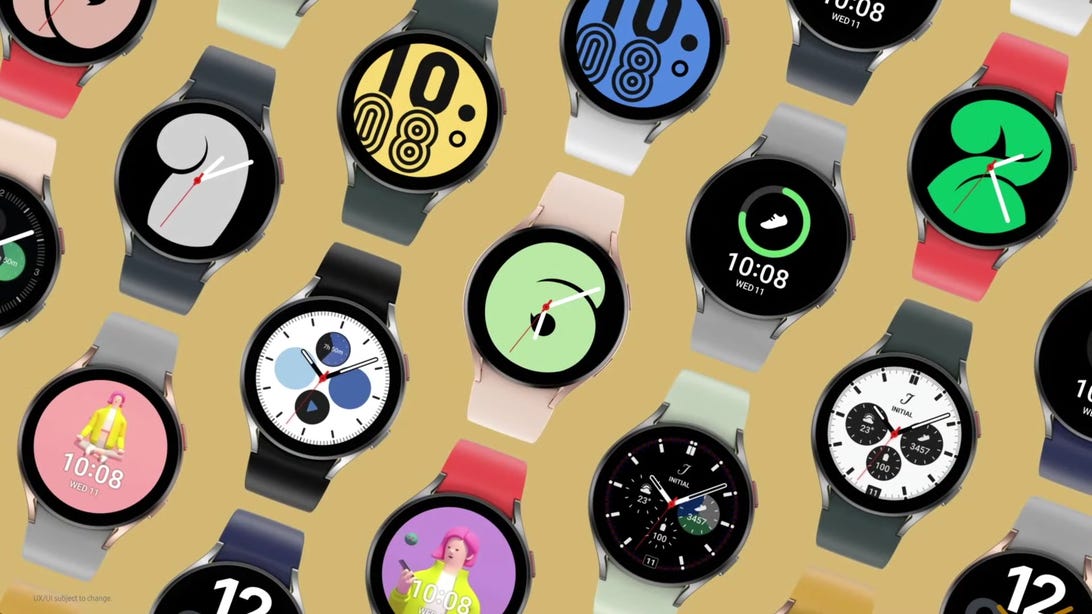
Samsung’s Galaxy Watch 4 runs Wear OS, but it still feels more like a Samsung product than a Google watch.
Samsung
Above all else, the Pixel Watch gives Google a chance to establish its own presence and identity in a market that Apple and Samsung currently dominate. That should sound familiar, since Google faced a similar challenge when it launched the first Pixel phone in 2016. (Google’s phones have earned a name among critics, but Apple and Samsung still top the US and global phone markets).
And just like in the smartphone industry, Google’s current position in the smartwatch realm isn’t a straightforward one. It didn’t have a smartwatch of its own until now, but still holds tremendous influence because of its role as a software provider and its ownership of Fitbit. Google would also be competing against partners like Samsung by releasing its own watch, just as it’s done with mobile phones.
Google also has a history of experimenting with new products for short periods of time before retiring or pivoting them. The Google Glass headset, the Nexus Q streaming media player and the Google Clips camera are all examples of such products. So we don’t know whether a Pixel Watch would remain for the long term alongside Fitbit’s products.
Still, the Android smartwatch experience is ripe for improvement. Until this point, Android smartwatches have been fragmented, with each device-maker pushing its own software and apps for the most part. Google and Samsung’s new version of Wear OS is a clear attempt to fix that. But those efforts don’t go far enough just yet on the Galaxy Watch 4, which still feels more like a Samsung watch than a Google watch. If Google follows the same path it did with its Pixel phones, a Google smartwatch could be the more universal, Android-friendly Apple Watch alternative we’ve been waiting for.



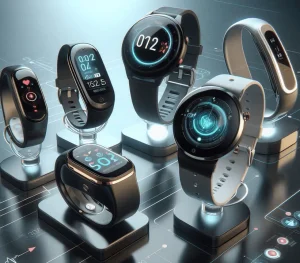
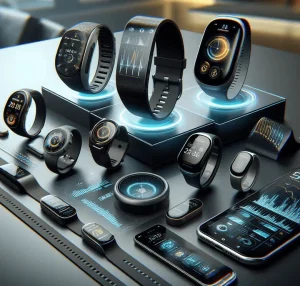
More Stories
The Brilliant Evolution of Smartphone Technology That’s Transforming Everyday Life
The Dazzling Rise of Wearable Tech Fashion: How Smart Style is Redefining Modern Elegance
Cloud Comfort: How Cloud Computing Simplifies Your Digital Life